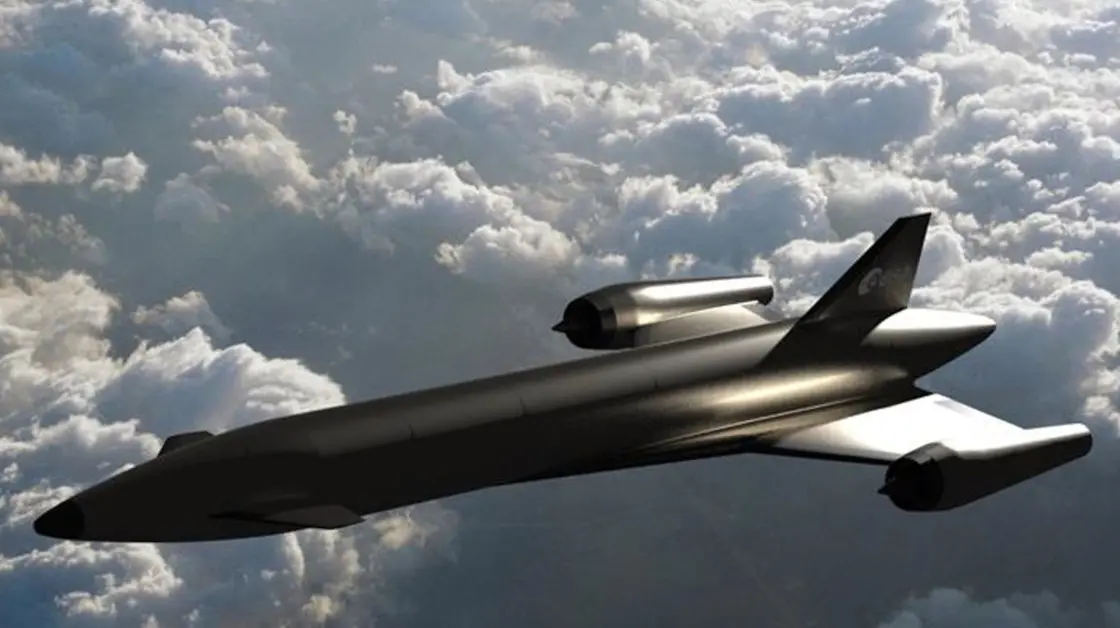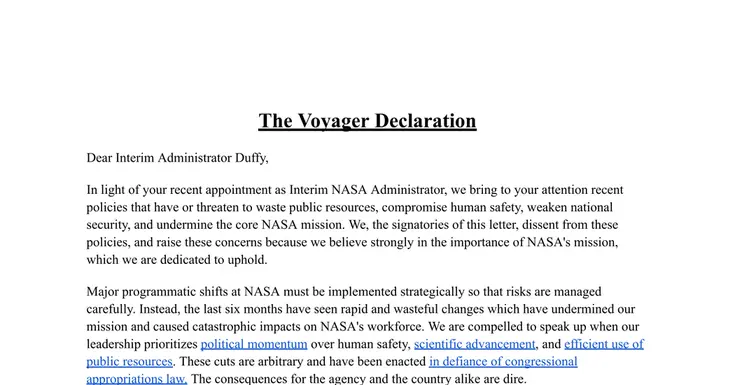T4K3.news
European Space Agency Develops Hypersonic Spaceplane
The ESA is creating a hypersonic spaceplane to reduce costs and increase speed for space travel.

This project aims to revolutionize travel to space and around the globe.
European Space Agency Develops Hypersonic Spaceplane for Faster Travel
The European Space Agency (ESA) is working on a hypersonic spaceplane designed to make space travel more efficient and cost-effective. Traditional rockets are expensive and require complex multi-stage designs, often discarding parts during flight. Currently, SpaceX is experimenting with reusability, but challenges remain. The ESA's spaceplane aims to simplify this with a vehicle that takes off and lands like a plane. Its innovative engine system, called Reaction, seeks to manage extreme air temperatures to avoid damage. This technology could enable the spaceplane to reach supersonic speeds and switch to onboard oxygen for space travel, potentially reducing costs and travel times significantly.
Key Takeaways
"This technology could enable the spaceplane to reach supersonic speeds."
Highlighting the potential of the ESA's spaceplane to revolutionize travel.
"It aims to simplify space access and make it more affordable."
Describing the main goal of the ESA's hypersonic spaceplane project.
"Europe positions itself as a leader in advanced space technology."
Reflects the competitive edge this project offers Europe in the global space landscape.
"Hypersonic speeds could transform global travel times."
Emphasizing the broader implications of the ESA's project on travel efficiency.
The ESA's project is a significant leap toward making space access more affordable and less complicated. Hypersonic travel could lead to a new era in global transportation, allowing cargo to be moved rapidly across the Earth. By addressing the technical challenges of dual-environment engines, the project also positions Europe as a leader in advanced space technology. However, it hinges on successful testing and implementation under stringent safety standards that could slow the process. Stakeholders must carefully consider regulatory frameworks as they prepare for commercial applications of this technology.
Highlights
- Revolutionizing space travel one flight at a time.
- Hypersonic speed, a new frontier for the ESA.
- Could we see spaceplanes ferry cargo by 2030?
- Faster than ever: the future of travel is near.
Concerns Over Technological Feasibility and Funding
The development of advanced space technologies carries significant risks related to budget constraints and potential public backlash if not delivered successfully. Stakeholders might face challenges in securing financial support and regulatory approvals, which could impact the project's timeline and success.
The success of this undertaking could redefine global transportation.
Enjoyed this? Let your friends know!
Related News

Putin and US envoy meet ahead of Trump deadline

Mars Express captures stunning images of Acheron Fossae

NASA employees sign dissent letter against budget cuts

Firefly Aerospace IPO launch set for Thursday

Astronomers detect potential gas giant near Alpha Centauri

Olympus Sets Pace for Mars Exploration

New Insights on Ice Giants Explored

UK invests £700m in solar storm response
